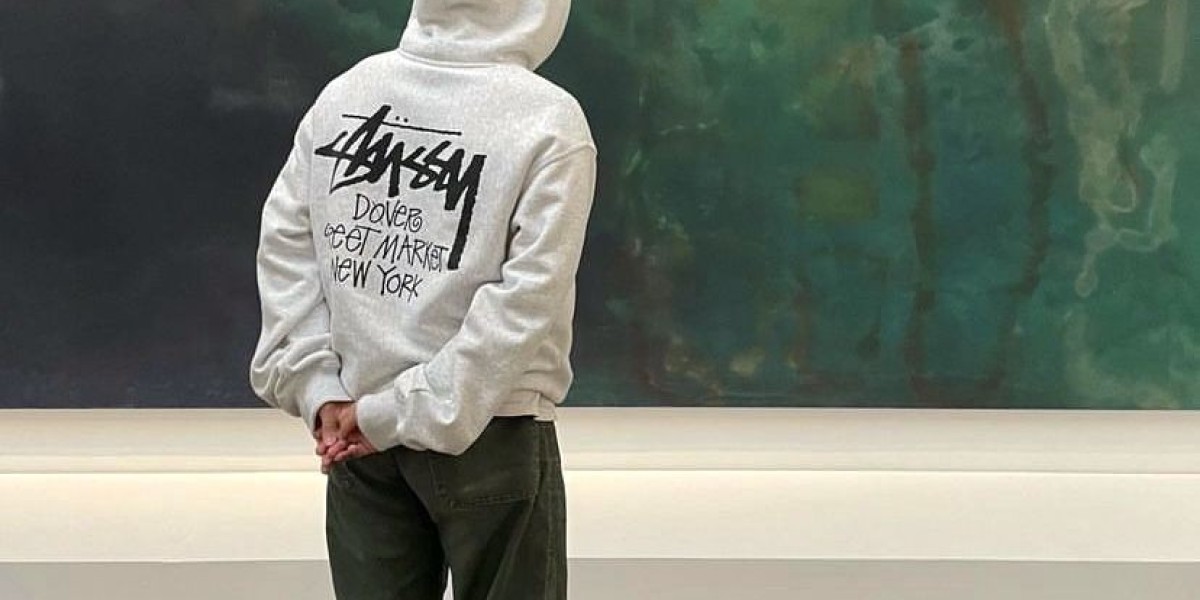Introduction: The Fusion of Craftsmanship and Code
Embroidery has long been a symbol of artistic expression, cultural heritage, and intricate design. However, the rise of embroidery digitizing has transformed this ancient art into a modern-day tech-driven process. Today, artificial intelligence (AI) is taking embroidery digitizing to the next level, introducing unprecedented precision, speed, and scalability.
In this article, we explore how AI is revolutionizing embroidery digitizing in the 2020s and what it means for designers, hobbyists, and businesses in the embroidery ecosystem.
What is Embroidery Digitizing?
Embroidery digitizing is the process of converting artwork or text into a stitch file that embroidery machines can read. Traditional digitizing required manual vector creation and pattern planning, but modern digitizing software—especially AI-powered tools—automates much of this process.
Key Benefits of AI in Embroidery Digitizing
| Feature | Traditional Digitizing | AI-Powered Digitizing |
|---|---|---|
| Manual Effort | High | Low |
| Turnaround Time | Hours to Days | Minutes to Hours |
| Design Accuracy | Varies | High Precision |
| Customization Options | Limited | Unlimited |
| Learning Curve | Steep | Beginner-Friendly |
1. Intelligent Stitch Path Optimization
AI-powered embroidery digitizing software can automatically identify the most efficient stitch path, reducing thread breaks and machine errors. This results in cleaner, more durable embroidery that minimizes production time and material waste.
Example:
An AI algorithm might detect that a floral pattern would benefit from a center-out stitch path rather than left-to-right, reducing fabric puckering and maintaining symmetry.
2. Auto-Learning from Previous Projects
AI tools can analyze past embroidery projects and suggest improvements for similar future jobs. For instance, if a certain type of logo always caused issues with satin stitches, the software will recommend an alternate method.
Smart Suggestions Include:
Thread density adjustments
Needle recommendations
Fabric compatibility warnings
3. Real-Time Design Simulation
AI-integrated platforms offer live stitch previews and 3D renderings, allowing users to see the embroidery outcome before running the machine. This greatly improves client satisfaction and reduces revision cycles.
4. Accessibility for Beginners
Where older software required expert knowledge, modern AI digitizers are user-friendly and often require just an image upload. The system handles:
Underlay selection
Stitch type (satin, fill, running)
Angle and direction
This opens doors for small businesses and solo entrepreneurs to enter the embroidery industry without years of training.
5. Enhanced Personalization at Scale
With AI, embroidery digitizing can handle bulk customization. For example, companies can automate name stitching for hundreds of uniforms with minimal human input.
6. Multi-Language and Multi-Culture Support
AI tools support multiple alphabets, cultural motifs, and stitch techniques relevant to regional styles—Japanese sashiko, Indian zardozi, or Mexican Otomi patterns.
Emerging Trends in AI Embroidery Digitizing
a. Cloud-Based Collaboration
Designers and clients can now collaborate in real-time using cloud-based platforms. AI manages version control and recommends stitch improvements during reviews.
b. Voice-Controlled Digitizing
With AI integrations, designers can use voice commands to modify elements—"Make the border satin stitch," or "Increase density by 10%."
c. Blockchain and Copyright Protection
AI software increasingly includes digital watermarks and blockchain tracking to secure intellectual property rights in embroidery designs.
Challenges and Limitations
While AI has massively improved embroidery digitizing, it’s not without limitations:
Complex hand-drawn art still requires manual input
Limited color recognition in some AI models
High-end software can be costly
However, continuous machine learning is narrowing these gaps every day.
Case Study: Small Business Success Story
"Threads & Tech", a home-based embroidery business in Texas, adopted AI digitizing software in 2023. Their monthly output increased by 60%, while design revisions dropped by 70%. Customer satisfaction scores jumped to 4.9/5.
Their founder noted:
"We used to outsource all digitizing. Now I handle it myself in half the time with better results. AI has been a game changer."
Future Outlook: What’s Next for AI and Embroidery?
Integration with AR/VR: Visualize embroidery on garments in real-time using augmented reality.
Predictive Maintenance: AI will help identify when your embroidery machine needs tuning or repair based on digitizing behavior.
Eco-Efficiency Models: Optimize thread use and suggest eco-friendly options.
Conclusion: The Stitch Forward
AI isn't just upgrading embroidery digitizing—it’s democratizing it. From automated stitch selection to predictive analytics, AI is transforming embroidery into a smarter, more scalable, and more sustainable art form.
For businesses and artists alike, staying ahead means embracing this synergy between creativity and code. Whether you're a beginner or a seasoned digitizer, there's never been a better time to thread the needle with AI.








